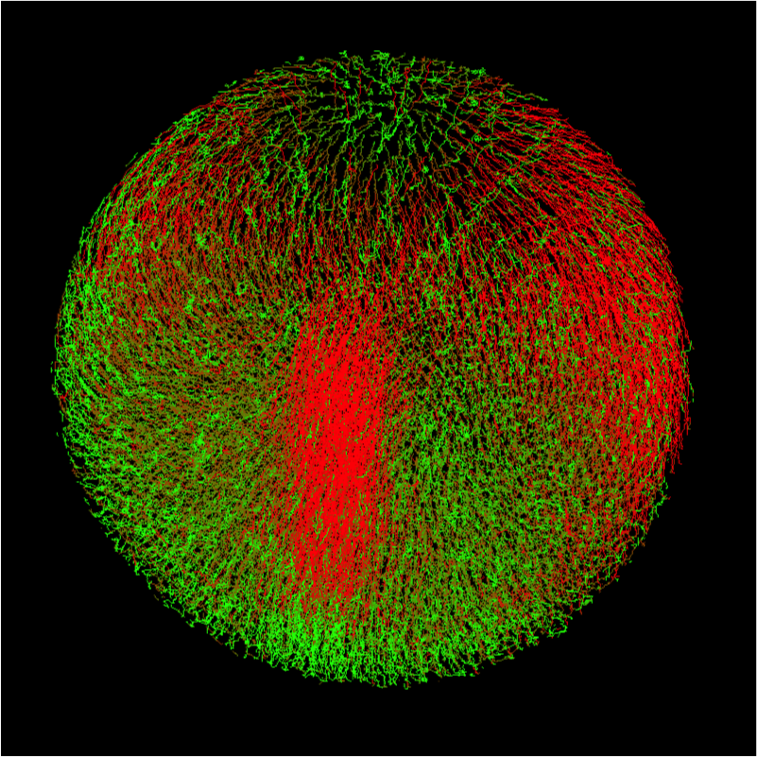“Think Tank” during the FBI-Paris Centre Node Retreat
On 1st and 2d February 2016 representatives from the sites of FBI Paris-Centre node met in the Eden Park Hotel of Pont l’Eveque (Normandy, France) to exchange about the implementation of their projects, identify local difficulties and needs, define a strategy and start to work on an action plan for the FBI Paris-Centre node.
For their first global meeting dedicated to the node, engineers and researchers from its different sites (Imagopole-Ultrapole, ImagoSeine, PICT-Curie, IBENS, Institut Curie, Institut Pasteur, ENS, Lab. de Neurophotonique – Univ. Paris Descartes, etc.) were joined by the IPDM team from Pasteur and the FBI national coordination team.
The retreat was organized in two main parts.
The first consisted of scientific and technical presentations of the various projects undertaken by the associated platforms and laboratories FBI, the progress of these projects and their integration into the general schema missions and program of the national distributed infrastructure. Charles Kervrann from INRIA Rennes and one of the responsible of the IPDM Node, was also invited to the retreat and presented the IPDM node (missions and goals of the node, overview of the results of the IPDM survey on-site led by Perrine Paul-Gilloteaux). These various sessions were then followed by informal and fruitful discussions.
The second part of the retreat was organized in workshops and parallel working groups (lead facilitators indicated); the themes were proposed in advance and the reviews were presented “on-the-spot” at the end of the meeting.
Below are some elements of reflections, proposals for action, scientific and technical projects undertaken or proposed during the workshops
WORKSHOP 1: CORE FACILITIES RUNNING (OLIVIER RENAUD)
- Organization of an annual meeting about Core Facilities management in order to optimize equipment management, overcome the saturation of technology, standardize administrative procedures, develop the quality of materials to the new standards (NF-X50-900)
- Creation of a form for tracking collaborations within and between FBI nodes
- Creation of a Data Base “experts”
- Proposals to be transmitted to WP “training”: develop and disseminate e-learning modules for users, development of training certificate room for personal Core Facilities
WORKSHOP 2: TECHNOLOGY TRANSFER (VALENTINA EMILIANI)
- To identify, pool and facilitate the access to existing resources (workshops, 3D printers…)
- To give priority to universal software solutions, develop software for private companies, use appropriate personal and dedicated
- To conduction an “FBI” action with the CS CNRS so as to develop technologies to make it a source of funding (patents)
- Develop training tools and tutorials to make time for platform engineers. Setting priorities with% time between service and R & D
- Solicit bids for systems duplication.
WORKSHOP 3: PARTNERSHIPS, JOINT ACTIVITIES AND OUTLOOK (LUDOVIC JULLIEN)
-
Action involving developers
- Metrology and benchmarking: reference samples, comparative studies protocols, image analysis procedures
- Thematic Appetizers for scientific foresight (educated biologists, newspaper publishers, guardianship)
- Drafting of collective reviews, comments on articles
- Action inventory and good collaborative practices for resource optimization
- Establishment of a generic alias
- Some readability rates platforms
- Inventory sensors and actuators optogenetic. Workshops back experience and foresight (CLEM bimodal probes for example)
- Core facilities: rather a place of advice than a place of technicians
- Short Videos (3 min) for the dissemination of new systems and instruments explaining what biologists could make users
Developers and platforms
Dissemination to non-specialists
WORKSHOP 4: DATA MANAGEMENT (STEPHANE DALLONGEVILLE & JEAN SALAMERO)
-
Proposals
- Establishment of a national portal with a Bio-Imaging database. This database will be used first to store data publications from FBI (projects funded or co-financed by FBI). In addition to giving visibility to the FBI inflows, this base is also intended to serve as a “gold standard” for the FBI users, both images themselves and the associated metadata. A reflection should be made on the choice and structure of metadata (OME model?) And the ontology to be used (see http://bioportal.bioontology.org/) to provide a model for the whole community.
- Implementation of the common API interoperability (as a web service) enabling communication between image analysis software and databases (among others). The portal will provide documentation and all necessary details for the implementation of this API for any center or institute may put in place on its own data management system (organization hackatons in this sense).
- Setting up a benchmarking platform for image processing algorithms by exploiting both the hardware “gold standard” of the database and API for accessing it (idea to dig).
- Reflection on storage strategies, choices, sorting, but also the visualization and analysis of its large images.
- Train users to image analysis tools such stand-alone (Icy, Fiji, ImageJ …)
- Train users of analysis tools distributed cluster-type / grid computing (OpenMole, Galaxy / Mobile)
- Educate users to databases, provide a vision of the possibilities offered by these systems
Training
